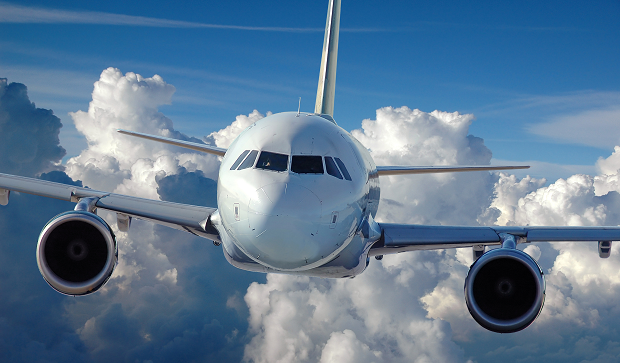Introduction by Steve Bentley MD SAS www.sassofia.com
Standards at a High Level – ICAO
International Civil Aviation Organization (ICAO) is a specialized agency of United Nations. Has been functioning in its role since 1947.
In the interest of safety, an aircraft must be designed, constructed and operated in compliance with the appropriate airworthiness requirements of the State of Registry of the aircraft. Consequently, the aircraft is issued with a Certificate of Airworthiness declaring that the aircraft is fit to fly.
Within ICAO, the 191 Member States and a number of global aviation organizations work together to develop international Standards and Recommended Practices (SARPs). These SARPs are the reference for states developing their national civil aviation regulations which are legally enforceable. This is an important aspect: ICAO SARPs are not legally binding by themselves, they form the basis of national regulations which have legal status.
In this way civil aviation regulations are harmonized all over the world, with slight differences based on the actual implementation in national regulations. These local differences are then reported back to ICAO and published.
Question – Which 4 ICAO Standards most directly impact Maintenance Engineers?
Answer:
Annex 1 – Personnel Licencing
Annex 6 – Operation of Aircraft
Annex 8 – Maintenance of Aircraft
Annex 19 – Safety Management Systems
What is the difference between FAA Advisory Circulars (FAA AC) and EASA Acceptable Means of Compliance (EASA AMC)
FAA Advisory Circular (AC) Provide guidance for compliance with [Airworthiness, pilot certification, operational standards, training standards, and any other rules. They define acceptable means, but not the only means, of accomplishing or showing compliance with airworthiness regulations. Generally informative in nature, Advisory Circulars are neither binding nor regulatory; yet some have the effect of de facto (“in practice but not necessarily ordained by law”) standards or regulations.
EASA AMC’s – The Same but Different!
The AMCs issued by EASA are not of a legislative nature. They cannot create additional obligations on the regulated persons, who may decide to show compliance with the applicable requirements using other means. However, as the legislator wanted such material to provide for legal certainty and to contribute to uniform implementation, it provided the AMC adopted by EASA with a presumption of compliance with the rules, so that it commits competent authorities to recognise regulated persons complying with EASA AMC as complying with the law.
EASA – Note regarding Alternate Means of Compliance – (AltMoC)
Since AMCs are non-binding, regulated persons may choose alternative means to comply with the rule. In this case, however, they lose the presumption of compliance provided by the EASA AMC, and need to demonstrate to competent authorities that they do comply with the law.
So the FAA/EASA Bottom Line!
The bottom line is that there is a great deal of similarity (In fact EASA & FAA Regulation’s are described as Harmonised) – Whilst it is not mandatory in the USA for example to deliver Human Factors Training for maintenance Staff (AC 120-72A ), the reality is that an EASA Organisation which cannot show full compliance would without doubt receive a finding.
Where do Large Aircraft Construction Standards Come From?
Aircraft Certification Requirements
Certification requirements for civil aircraft are derived from ICAO Annex 8 and the ICAO Airworthiness Manual, Part V State of Design and State of Manufacture.
Procedures for certification of aeronautical products (aircraft, engines and propellers) are published in each state. In the EU, these are contained in EC Regulation 748/2012 Annex I – Part 21 whereas in USA they are within FAR Part 21. These “Part 21” regulations also include procedures for the approval of design organisations (Sub-part J) and production organisations (Sub-part G). These processes are known respectively as Design Organisation Approval (DOA) and Production Organisation Approval (POA).
Such approvals are a necessary pre-requisite to obtaining product certification. The main technical codes to be followed for the design of products for certification are set out as a list of certification specifications for Europe (EASA) and airworthiness standards for USA (FAA) applicable to different categories of product and environmental consideration.
See the following example for Large Aircraft
CS-25 Large Aeroplanes Part 25 Airworthiness Standards: Transport Category Airplanes
Next Steps
Follow this link to our Library to find & Download related documents for Free.
Sofema Aviation Services offers more than 300 EASA Compliant Regulatory and Vocational Training Courses for details please see www.sassofia.com www.easaonline.com or email team@sassofia.com





